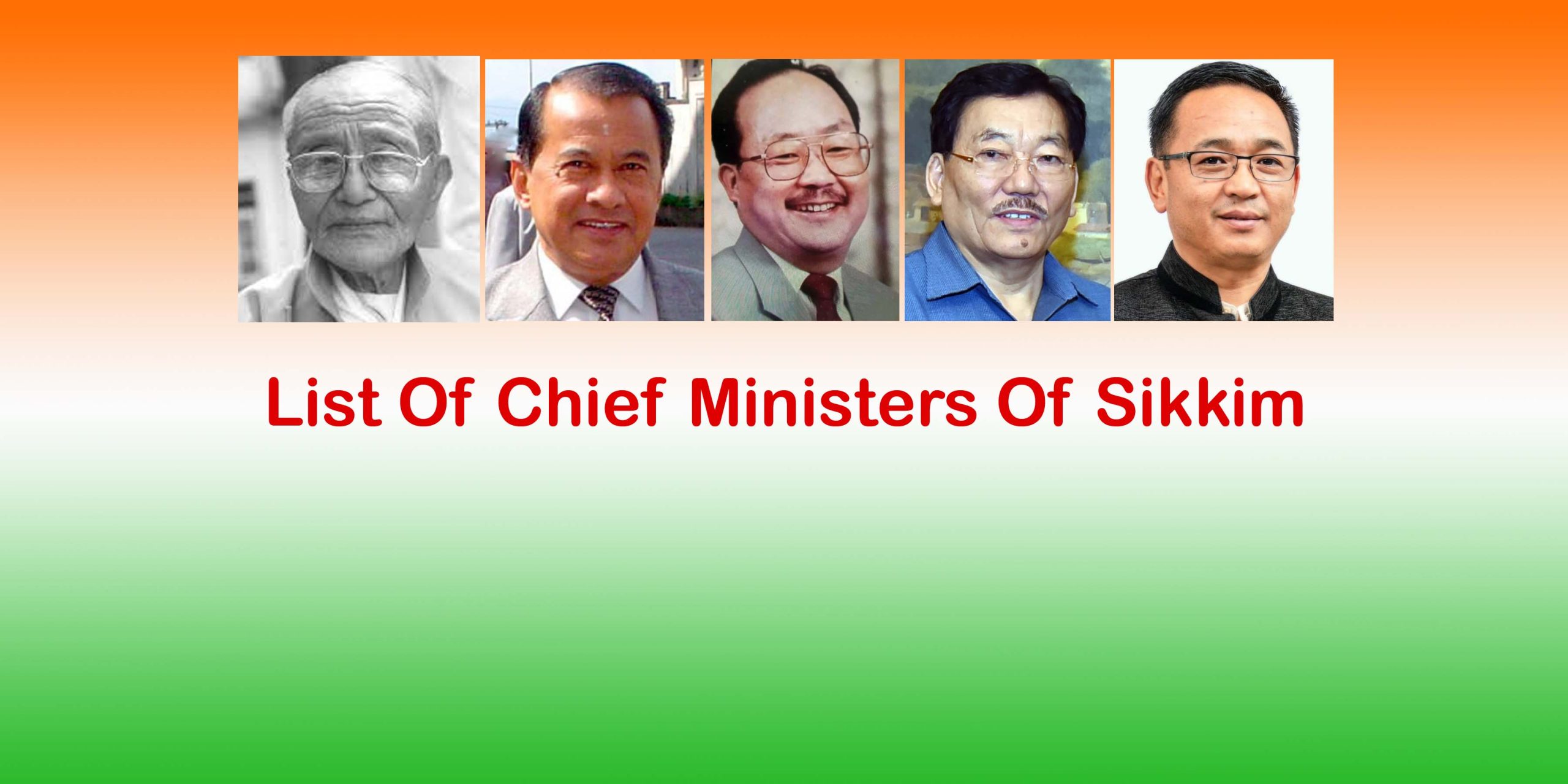
The Journey of Chief Ministers Of Sikkim Since Independence
Sikkim, famous for its stunning scenery and rich culture, has had a fascinating political journey since it became part of India in 1975. Several Chief Ministers Of Sikkim Since Independence have led the state, each playing a crucial role in guiding Sikkim towards growth and modernity. Its Chief Ministers have been at the forefront, driving these changes with their forward-thinking leadership. This blog takes a closer look at what Sikkim’s Chief Ministers have done, the hurdles they’ve faced, and how their time in office has left a lasting mark on the state.
In this blog, Chief Ministers Of Sikkim Since Independence, we will look at these leaders, discussing the big projects they worked on, their challenges, and how they’ve left a mark on the state. Let’s dive into the stories of these incredible leaders and explore how they’ve shaped Sikkim into the place it is today.
A Journey Through Leadership: Sikkim Chief Ministers Since 1975
Kazi Lhendup Dorjee (1975-1979)
Kazi Lhendup Dorjee stepped up as Sikkim’s first Chief Minister after it became part of India in 1975, leading the state through its initial years with the Indian Union. His leadership was vital during the early stages of Sikkim’s union with India, helping Sikkim become the 22nd state of India. Dorjee’s tenure was crucial for weaving Sikkim into India’s political, social, and economic fabric.
Key Contributions:
- Dorjee was instrumental in setting up Sikkim’s initial administrative and governance systems, ensuring a seamless integration into the Indian Union.
- He established vital government and legal structures for the newly formed state. Focusing on infrastructure, Dorjee championed the construction of roads, bridges, and public facilities, aiming to connect remote areas of Sikkim and provide essential services.
- Additionally, he initiated several welfare programs to support the less fortunate, focusing on enhancing healthcare, education, and job opportunities, significantly improving the living standards in Sikkim.
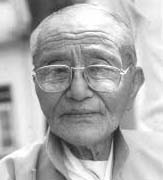
Challenges:
- Dorjee faced the challenge of integrating Sikkim into India, striving to harmonize local politics with broader national interests.
- He aimed to stimulate the economy of a predominantly agricultural state by branching into tourism, agriculture, and small industries. Another significant task was preserving Sikkim’s unique culture amid development efforts.
- He pursued policies safeguarding Sikkim’s heritage while advocating for social and economic progress.
Legacy: Kazi Lhendup Dorjee’s legacy shines for his foundational leadership that ushered Sikkim through its early years as part of India. He envisioned a developed, inclusive, and fully integrated Sikkim, laying the foundation for the state’s future progress. People remember Dorjee for his groundbreaking efforts to establish a governance framework, initiate development projects, and set Sikkim on a trajectory toward progressive growth and stability.
Nar Bahadur Bhandari (1979-1984, 1985-1989, 1989-1994)
Nar Bahadur Bhandari stepped into the role of Sikkim’s Chief Minister at a crucial time. His leadership was vital in guiding Sikkim through critical political and economic growth phases. Bhandari worked hard to bring modern developments to Sikkim while preserving the state’s distinctive cultural heritage.
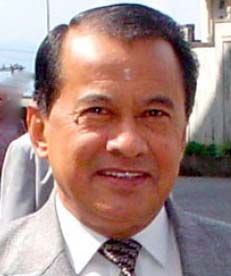
Key Contributions:
- Nar Bahadur Bhandari made significant educational strides, greatly expanding Sikkim’s educational system and making it accessible to everyone, laying the groundwork for the state’s high literacy rates.
- He aimed to diversify Sikkim’s economy beyond farming by boosting tourism and supporting small and medium businesses, which helped create jobs and stabilize the economy.
- Bhandari was also critical in securing political stability and autonomy for Sikkim, ensuring the state’s needs were well-represented nationally.
Challenges:
- Bhandari faced several challenges during his time in office, including significant opposition that sometimes caused political instability in Sikkim.
- Balancing the state’s economic growth with environmental conservation was a significant hurdle, especially as efforts to promote tourism and industry could clash with protecting Sikkim’s untouched natural beauty.
- Moreover, he had to ensure that Sikkim’s development maintained its rich cultural heritage, requiring thoughtful policy-making and execution.
Legacy: Nar Bahadur Bhandari’s legacy in Sikkim is a testament to his dedication to education, economic development, and political stability. Despite numerous challenges, his leadership laid a robust foundation for Sikkim’s progress. People remember Bhandari for his visionary approach to governance, which significantly influenced Sikkim’s development path, establishing him as one of the state’s most pivotal political figures.
Sanchaman Limboo (1994)
Sanchaman Limboo became the Chief Minister of Sikkim in 1994, at a critical time in the state’s development and political changes. Even though his time in office was short, it was essential to keep up with the progress made by earlier leaders. He faced Sikkim’s specific challenges and opportunities, aiming to keep the state moving forward.

Key Contributions:
- Sanchaman Limboo worked on making Sikkim’s government processes more efficient and responsive to its people’s needs.
- He aimed to update the public sector and improve services throughout the state.
- His focus was also on boosting Sikkim’s social and economic growth by supporting education, healthcare, and rural development, aiming to raise the living standards for the less fortunate and encourage growth that includes everyone.
- Understanding Sikkim’s environmental importance, Limboo pushed for policies that matched economic growth with protecting the environment and keeping the state’s diverse ecosystems and natural beauty safe.
Challenges:
- During his term, Sanchaman Limboo tackled the challenge of keeping Sikkim politically stable, working through the state’s complex political scene to find common ground for development.
- He faced broadening Sikkim’s economy beyond its traditional areas, aiming for sustainable growth that took advantage of the state’s unique qualities and resources.
- Another big task was ensuring Sikkim’s unique culture and heritage stayed intact amid efforts to modernize, a goal that needed thoughtful policy-making and action.
Legacy: People celebrate Sanchaman Limboo’s short tenure as Chief Minister for its significant impact on Sikkim’s development. He enhanced governance, boosted socio-economic growth, and protected environmental and cultural values, setting key milestones for Sikkim’s future. His leadership highlighted the critical role of visionary guidance in leading Sikkim toward advancement and wealth, imprinting the state’s development story.
Pawan Kumar Chamling (1994-1999, 1999-2004, 2004-2009, 2009-2014, 2014-2019)
Pawan Kumar Chamling took over as Sikkim’s Chief Minister in 1994. He held the position until 2019, becoming one of India’s longest-serving Chief Ministers. His leadership covered over twenty years of significant changes in Sikkim’s politics, economy, and society. Chamling aimed to make Sikkim an example of sustainable development and inclusive governance in India.
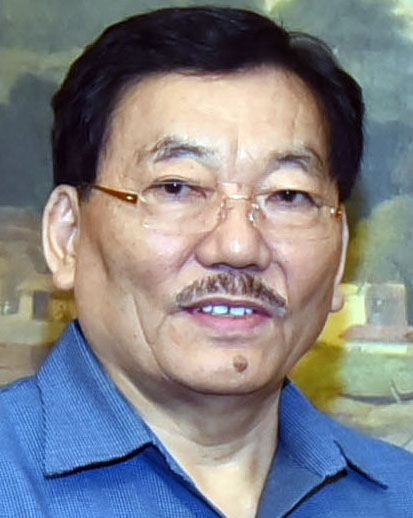
Key Contributions:
- Chamling was key in steering Sikkim towards sustainable development, making it India’s first organic farming state.
- His efforts boosted environmental conservation, organic farming, and eco-friendly tourism, setting Sikkim up as a global example of sustainability.
- Sikkim enjoyed significant socio-economic growth during his time, with better healthcare, education, and rural development.
- He focused on eliminating poverty, increasing literacy, and ensuring everyone in Sikkim had access to healthcare.
- Chamling also prioritized infrastructure, investing in roads, bridges, and urban projects, which improved Sikkim’s connectivity and the living standards of its people.
Challenges:
- Chamling was pivotal in guiding Sikkim towards sustainable development, establishing it as India’s first state fully dedicated to organic farming.
- His strategies emphasized protecting the environment, promoting organic farming, and supporting eco-friendly tourism, helping Sikkim earn global acclaim for its sustainable practices.
- His leadership led to impressive socio-economic progress in Sikkim, characterized by advancements in healthcare, education, and rural development.
- Chamling focused on eliminating poverty, boosting literacy, and ensuring that healthcare services were accessible to everyone in the state.
- He also made significant investments in improving Sikkim’s infrastructure, like roads, bridges, and urban areas, enhancing the state’s connectivity and urban facilities, spurring economic growth and lifting its residents’ living standards.
Legacy: Pawan Kumar Chamling’s time as Chief Minister stands out for his transformative leadership that pushed Sikkim to new heights of development and prosperity. He left a lasting impression on the state with his dedication to environmental sustainability, social welfare, and economic growth. Chamling’s forward-thinking policies made Sikkim a model in organic farming, sustainable tourism, and inclusive development, serving as a benchmark for others. His leadership exemplifies how visionary governance can lead to comprehensive and sustainable development, inspiring Sikkim’s progress in India and internationally.
Prem Singh Tamang (2019-Present)
Prem Singh Tamang, also known as P.S. Golay, became the Chief Minister of Sikkim in 2019, starting a fresh era in the state’s politics. After taking over from the Sikkim Democratic Front, which had been in power for 25 years, Golay had a lot of expectations to bring about changes and reforms. He has been focused on meeting the needs and hopes of the people of Sikkim, improving the economy and governance, and encouraging sustainable ways of living in the state.
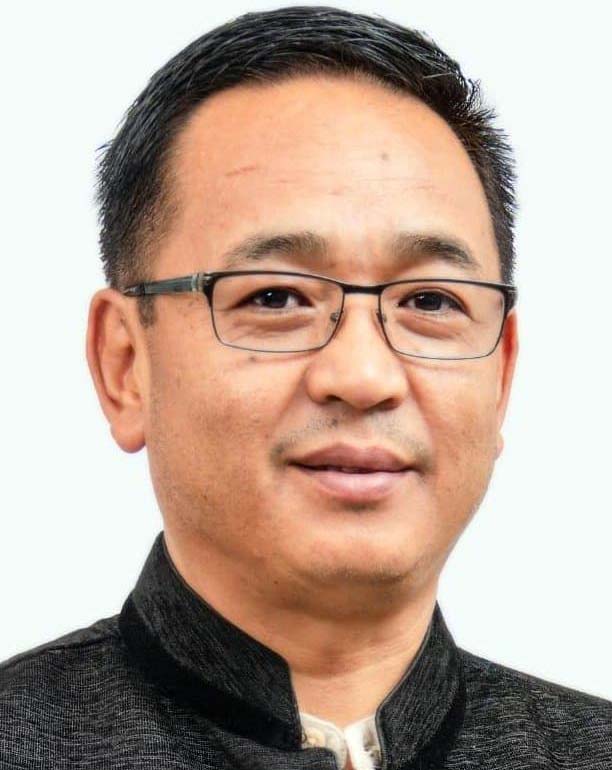
Key Contributions:
- Prem Singh Tamang’s government has been improving governance through transparency and accountability and ensuring public services work efficiently, aiming to create a government that listens to people’s needs.
- He has been working hard to boost Sikkim’s economy with new policies to support local businesses, farming, and tourism, hoping to build an economy that works for everyone.
- His government has also made a big push to improve healthcare and education in Sikkim, launching several initiatives to ensure people have access to quality healthcare and schools, meeting the community’s growing needs.
- Continuing Sikkim’s tradition of caring for the environment, Golay has focused on keeping the state green, supporting organic farming, and protecting nature.
Challenges:
- Prem Singh Tamang’s government faces several key challenges, including diversifying Sikkim’s economy beyond its traditional sectors to create a sustainable development model that offers stable jobs and can handle external pressures.
- Another primary focus is ensuring everyone in society, especially those from marginalized communities, is included and treated fairly, working to close the gap between different social and economic groups.
- Despite advancements, there’s still a big task ahead in expanding and improving Sikkim’s infrastructure to meet development objectives and connect the state internally and with the rest of India.
Legacy: Prem Singh Tamang’s leadership as Chief Minister stands out for his unwavering focus on reforms, forward momentum, and inclusivity. His leadership, focusing on effective governance, economic rejuvenation, social welfare, and environmental preservation, directs Sikkim towards a future filled with prosperity, fairness, and a deep respect for its natural legacy. As Sikkim faces the challenges and opportunities of the 21st century, Golay’s role is crucial in leading the state towards fulfilling its developmental goals and maintaining its distinct place in the Indian Union.
Conclusion:
In a journey of each Chief Ministers Of Sikkim Since Independence has played a unique role in shaping Sikkim’s path since joining India. From Kazi Lhendup Dorjee’s initial groundwork to Pawan Kumar Chamling’s transformative era, with Prem Singh Tamang at the helm, Sikkim has become a beacon of development, sustainability, and social unity. As the state moves through the 21st century, facing new challenges and seizing opportunities, the enduring legacies of these leaders continue to inspire Sikkim’s ongoing progress and development.
On Postswirl blogging site, take a closer look at their achievements on Chief Ministers of Sikkim Since Independence: the hurdles they faced and the difference they have made in bringing the state forward.




